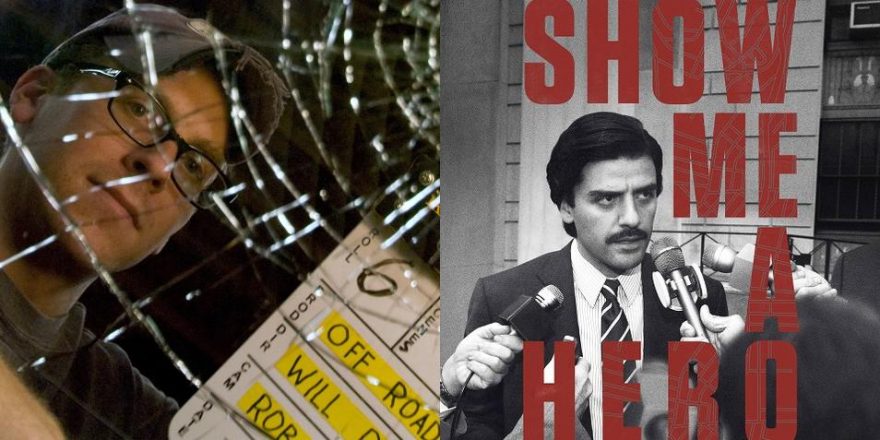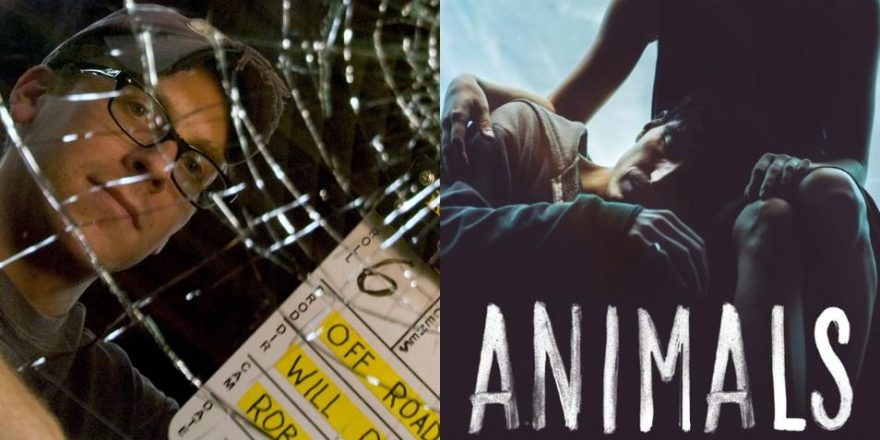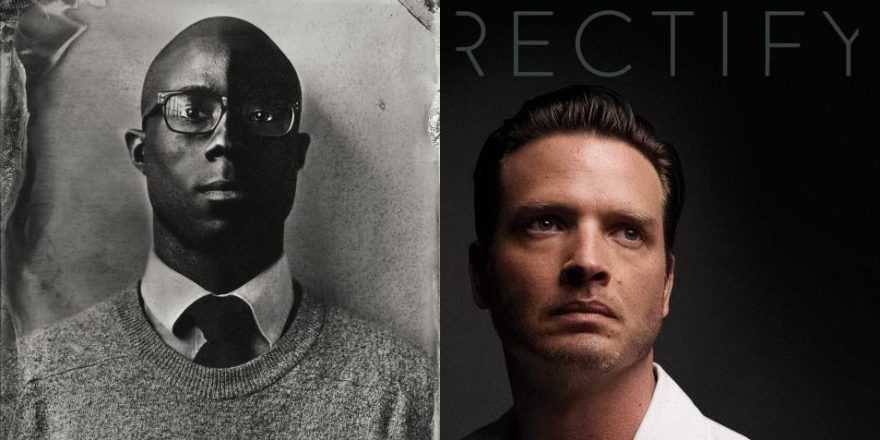In the spring of 1989, Yonkers City Councilman Nick Longo placed an Italian curse, the Malocchio, on my family during a live local radio broadcast. It was the beginning of a long battle my father, Thomas Dickerson, waged against Councilman Longo in an effort to oust him from office.
Watching HBO’s Show Me A Hero thus far has been a surreal experience for me. Nick Longo (here played by actor Jim Bracchitta) was one of the four city councilmen who refused to comply with the federal government’s mandate to build 200 units of public housing east of the Saw Mill River Parkway, and as a result, allowed the City of Yonkers, New York, to be held in contempt, fined millions of dollars and become a landmark of scorn throughout the country. My father helped lead the charge, on behalf of a group of citizens, to get the councilmen to comply with Judge Leonard B. Sand’s order to build the housing. The group filed a class action lawsuit holding the councilmen personally liable for the damage they caused — which included $100 million and the value of lowered bond ratings and property values as a result of their dereliction of duty. This lawsuit and the efforts of his community group, Canopy (Citizens and Neighbors Organized to Protect Yonkers), contributed to the councilmen finally agreeing to comply.
From the beginnings of this lawsuit to long after my father beat Nick Longo in a heated race for his city council seat, I was a veritable fly-on-the-wall to the inner workings of Yonkers and its political system during this turbulent time — a time that The Wire creator David Simon believed was compelling enough to commit to a miniseries for HBO.
As an aspiring writer and filmmaker, growing up in the middle of this high-octane drama was rocket fuel for my creativity. The first short stories I ever wrote were satirical heist capers in which the four city councilmen inspired the roles of the robbers. My perspective was unique not only because of my proximity to the council and its members, but also because I was a child, and was thus not fully conscious at the time of the subtleties of the conflict.
I have some issues with how certain things are depicted in Show Me a Hero, but it’s understandable with a story as big and complex as this one that events needed to be conflated and characters consolidated. All in all, Simon and director Paul Haggis’ miniseries is extremely well-crafted. As a filmmaker, I always look to theme as the answer to what makes good drama, and the theme of Show Me a Hero is arguably the home, the very core of the American Dream. Work hard, live a life of integrity, and raise a family in a place you can call your own. It’s not so much about property value as it is the value of property; it’s a value that is both bigger than us and representative of who we are and what we stand for. The home is an ideal, and it’s something that, no matter what the edict, many people believe should be governed by the homeowner, not the government. It is also something that every American deserves the opportunity to have.
Simon is interested in real people with personal struggles who find themselves powerless in the face of the system they’re fighting against.Conversely, with any ideal comes subjectivity, and ideals in practice rarely live up to the perfection they seek.
Good filmmakers present the theme to their films at the very beginning. (For example, The Godfather – which is about family more than it is about the Mafia – opens with a 25-minute wedding sequence.) At the beginning of Show Me a Hero, Haggis intercuts between the homes of his characters — juxtaposed to images of public housing are the homes of the lower-, middle- and upper-class residents of Yonkers. By introducing their homes, Haggis is introducing his characters. Their homes are their lives. After a brief scene of Councilman Wasicsko (Oscar Isaac) peering through the window of a house he’s had his eye on buying, Haggis cuts to architect and city planner Oscar Newman (Peter Riegert) stepping into a helicopter in Manhattan and instructing the pilot to fly him over the City of Yonkers.
Whether it’s Wasicsko peering into what later becomes his house, Doreen Henderson (Natalie Paul) in her home (the public housing on the west side), Mary Dorman (Catherine Keener) in her home (her house on the east side), or the city councilmen in Yonkers City Hall (their home!), Haggis inextricably ties his characters to their respective environments, and their environments are immoveable — he employs a static camera and measured tracking shots to depict them in their space. This particular look contrasts the handheld camera and swooping movement of Newman in his helicopter. Newman is a lone fighter in his own respect, and arguably the only figure with an objective point of view in the show. The filmmaking underscores this; his aerial “bird’s eye” perspective of the city below is a fitting complement to a character that embodies such objectivity. He ultimately convinces Judge Sand (Bob Balaban) to spread the housing out over seven sites and build units that are, for all intents and purposes, homes. Every resident will have their own front and back yards; there will no longer be shared hallways and public areas, spaces where criminals tend to conduct illicit activity.
At the beginning of Show Me a Hero, the residents of Yonkers are as immovable in their views on the housing issue as they are in their environments. Haggis accentuates this idea by composing shots of them with foreground elements that block the characters he’s filming — he uses microphones, banisters, name placards, windowsills, and a plethora of other objects. These visual metaphors illustrate the idea that their views are obstructed by the subjectivity of their perspectives; as a result, our views of them as characters are equally obstructed.
Though this is a directorial choice, the seed from which it sprouted is a staple in writer David Simon’s oeuvre. Simon is interested in real people with personal struggles who find themselves powerless in the face of the system they’re fighting against. For Simon, the desire to change what cannot be changed is a natural part of the human condition, and it’s the inherent futility of the endeavor that leads us simultaneously to disillusionment and, believe it or not, hope.
In the case of the councilman who is obstructed by his microphone and desk, we know the microphone and desk will be there when the term ends, but not necessarily the councilman.
The characters are bound to their environments; that is, until they are not. Mary Dorman, who is anti-compliance at the beginning of the series, becomes pro-compliance by the end, and we’re left with the image of Mary and Doreen Henderson in a townhouse living room sharing tea as neighbors, something unimaginable at the beginning of the series. The environments are indeed immovable, but people can – and will – move from one to the other.
Nick Wasicsko’s house is a constant work-in-progress. Haggis is careful to frame Wasicsko, the show’s tragic protagonist, against parts of his house in various states of disrepair — from the bare light switches and exposed wires to moving boxes that never seem to get unpacked. Like Wasicsko himself, the house is unsettled, which speaks to Simon’s larger point. The title Show Me a Hero is, of course, ironic because heroism isn’t that simple, it isn’t black and white; in the systems Simon explores, there are no heroes, there are just real people getting by in the world. Some, though, don’t settle for the hand they’ve dealt, and try to change what seems unchangeable.







